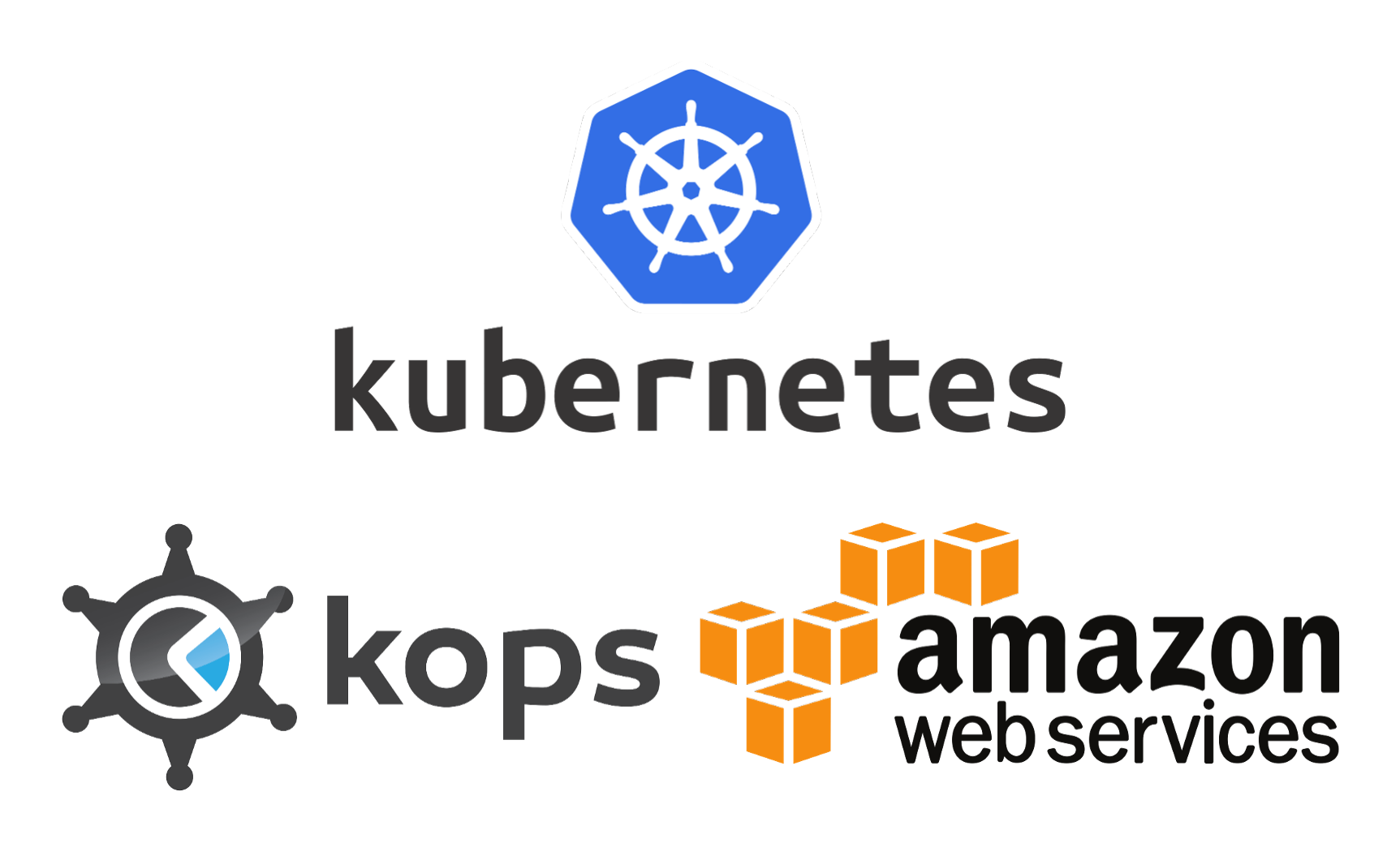
- #Kubernetes docker for mac multiple services using port 80 for mac#
- #Kubernetes docker for mac multiple services using port 80 install#
- #Kubernetes docker for mac multiple services using port 80 password#
#Kubernetes docker for mac multiple services using port 80 install#
Run brew install kubectl in the Terminal: This is the command-line interface that lets us interact with Kuberentes. Installer: Package name is Oracle VM VirtualBox => Package installers may write to any location options such as -appdir are ignored.
#Kubernetes docker for mac multiple services using port 80 password#
=> Running installer for virtualbox your password may be necessary. => Verifying checksum for Cask virtualbox System Preferences → Security & Privacy → Generalįor more information refer to vendor documentation or the Apple Technical Note:Īlready downloaded: /Users/kihyuckhong/Library/Caches/Homebrew/downloads/4615b4fafa6c94c2f112089c0a964e613b0f6113b016ea526ccdb40cfc9f20de-VirtualBox-5.2.18-124319-OSX.dmg To install and/or use virtualbox you may need to enable their kernel extension in VirtualBox lets us run virtual machines on our Mac (like running Windows inside macOS, except for a Kubernetes cluster.): Run brew cask install virtualbox in the Terminal.
#Kubernetes docker for mac multiple services using port 80 for mac#
Install VirtualBox for Mac using Homebrew. It lets us construct containers that will run in Kubernetes Pods. Docker is used to create, manage, and run our containers. Remote: Total 4144 (delta 28), reused 612 (delta 12), pack-reused 0 We'll also need Homebrew Cask, which we can install after Homebrew by running brew tap caskroom/cask in our Terminal:īitwarden-cli checkbashisms git-ftp jsonrpc-glib mmseqs2 phpunit swiftformat v8īzt curl iso-codes kakoune mongodb shibboleth-sp template-glib webpackĬaf gauge jhipster libdazzle php-cs-fixer sphinx-doc topgrade xml-tooling-cĬloning into '/usr/local/Homebrew/Library/Taps/homebrew/homebrew-cask'. Homebrew is a package manager for the Mac. The only pre-requisite for this guide is that we should have Homebrew installed. kubectl is like any other application that runs on our Mac-it just makes HTTP requests to the Kubernetes API on the cluster. It sends request to the Kubernetes API server running on the cluster to manage our Kubernetes environment.

It is a CLI-based tool mapped to API calls to manage all Kubernetes resources described in YAML files.

We can use it to run Ubuntu, Windows, etc. VirtualBox: a generic tool for running virtual machines.However, these require extra configuration. Minikube can use other virtualization tools not just VirtualBox. That cluster has a single node and has some unique features that make it more suitable for local development.



 0 kommentar(er)
0 kommentar(er)
